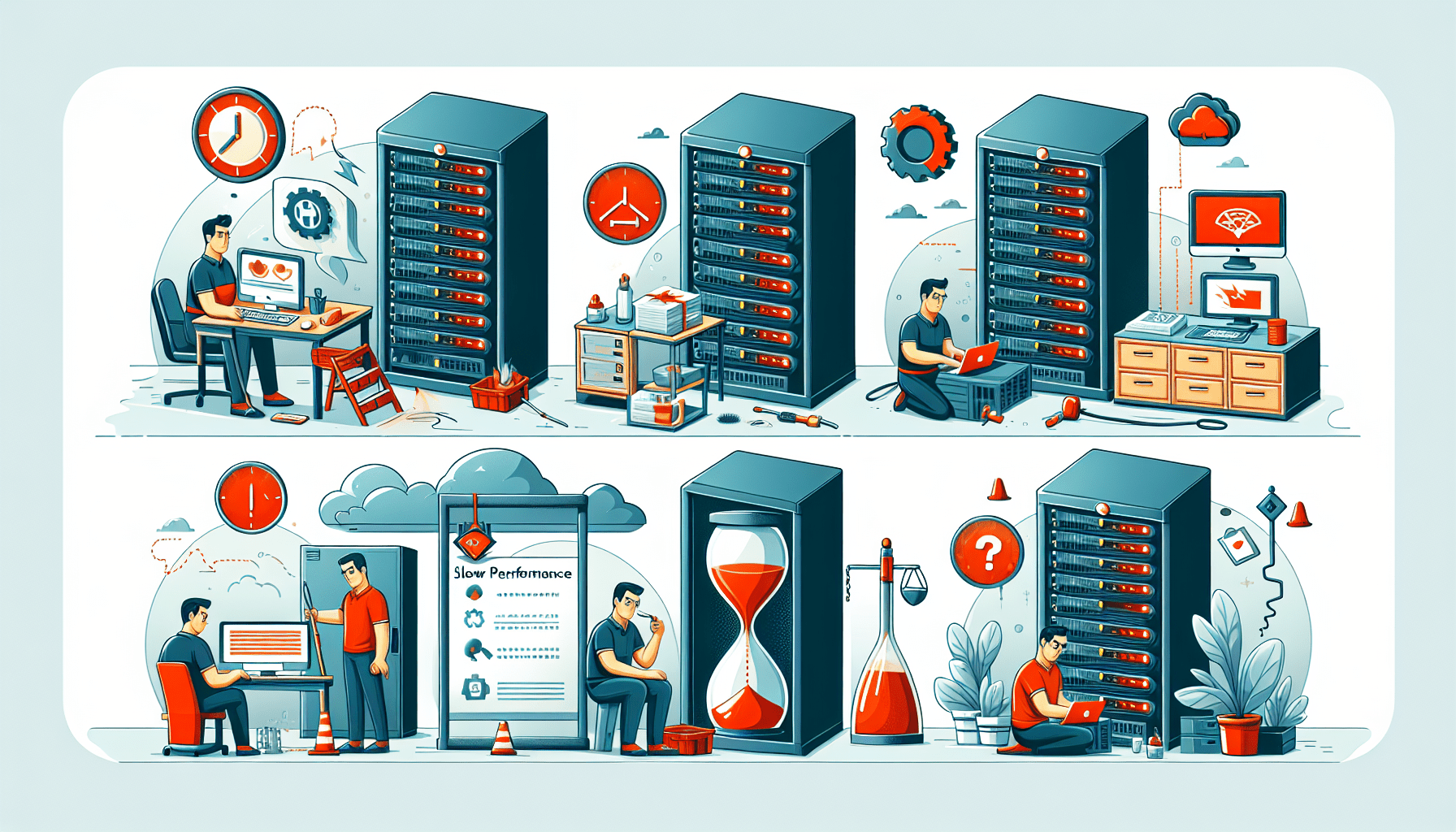Discover how to protect your website from malware with this comprehensive guide. Learn about different types of malware and effective security measures to keep your website safe and secure. Don’t let cyber criminals compromise your hard work – take control and protect your website today!
The Top Ways To Secure Your Server Against Cyber Attacks
Learn the top ways to secure your server against cyber attacks. Implement strong passwords, regularly update and patch, secure network configuration, encrypt data, backup regularly, implement intrusion detection and prevention systems, restrict access and privileges, and educate employees. Protect your valuable data and maintain the integrity of your online presence.
How To Effectively Manage Traffic Spikes And Sudden Increases In Website Visitors
Learn strategies to effectively manage traffic spikes and sudden increases in website visitors. Discover how to optimize website performance, monitor and analyze website traffic, scale your infrastructure, implement traffic management strategies, utilize content delivery networks (CDNs), and implement caching techniques.
How To Optimize Your Website’s Images For Better Performance
Learn how to optimize your website’s images for better performance. Reduce file sizes, choose the right format, and implement responsive design. Enhance user experience and loading speed.
Website Creation For Bloggers: How To Start Your Own Blog
Learn how to create your own blog website in this comprehensive guide tailored for bloggers. From choosing a platform to designing an attractive layout, we’ve got you covered. Start your blogging journey today!
10 Best Practices For Securing ECommerce Websites
Learn the best practices for securing eCommerce websites. From SSL/TLS encryption to strong password policies, this article provides essential tips for protecting customer data and maintaining trust.
How To Troubleshoot Common Server Management Issues
Looking for expert tips on troubleshooting server management issues? Learn how to resolve common problems and improve server performance in this informative post.
The Best Practices For Minimizing DNS Lookup Times
Learn the best practices for optimizing DNS lookup times to improve website performance. Reduce delays and provide a seamless browsing experience for your users.
The Role Of Website Optimization In Conversion Rate Optimization
Boost your online success with website optimization! Learn how enhancing site speed, content, and navigation can improve user experience and conversion rates.
The Ultimate Guide To E-commerce Website Creation
Learn how to create a successful e-commerce website from scratch with expert tips and step-by-step instructions. This comprehensive guide covers everything from choosing the right platform to designing a stunning layout. Start your journey to online success today!
How To Transfer Your Website To A New Web Hosting Provider
Learn how to transfer your website to a new web hosting provider hassle-free! We’ll guide you through every step, from choosing a suitable provider to migrating your files and databases. Start your website’s new journey now!
The Role Of Website Security In SEO: Boosting Rankings And Trust
Boost your rankings and build trust with secure websites. Discover how website security impacts SEO and learn essential measures to protect your data and enhance credibility.
The Most Popular Server Management Software In 2022
Discover the most popular server management software of 2022, revolutionizing the way you oversee your servers. Say goodbye to complicated management and hello to a simplified, user-friendly experience.
Understanding And Utilizing Advanced Caching Techniques
Discover advanced caching techniques and how they optimize website and application performance. Improve speed, reduce latency, and save costs. Dive in now!
Website Optimization: Common Mistakes To Avoid
Having non-responsive forms on your website can make it difficult for users to fill out and submit information, especially on mobile devices. It’s important to design your forms to be mobile-friendly, with properly sized input fields, clear instructions, and easy-to-click buttons. By optimizing your forms for all devices, you can improve user experience and increase form submissions.














